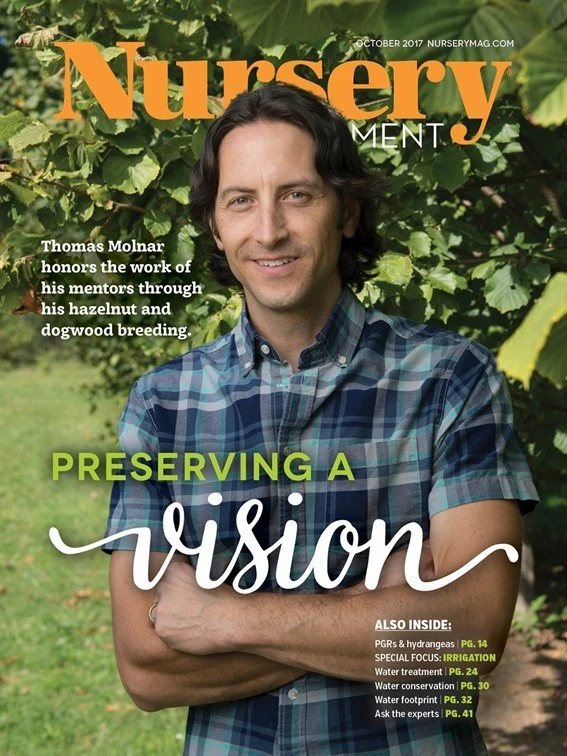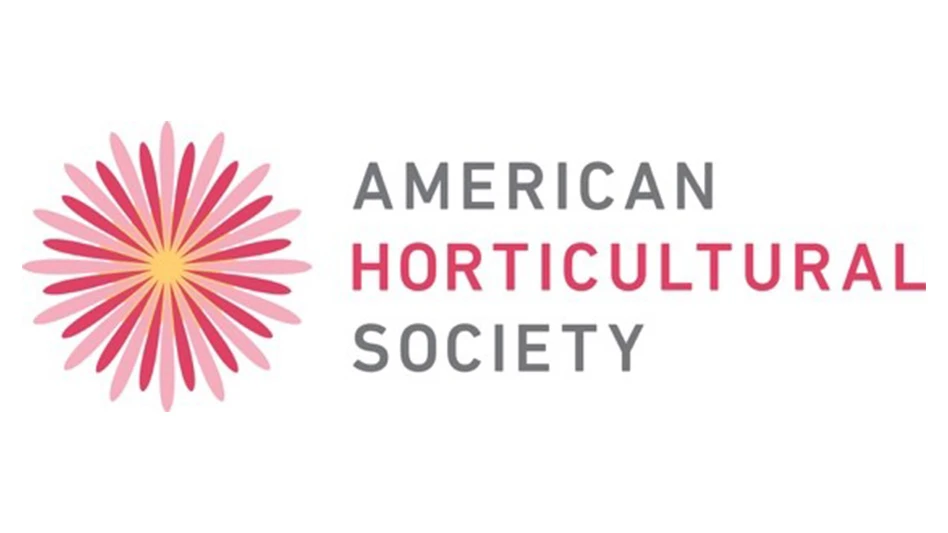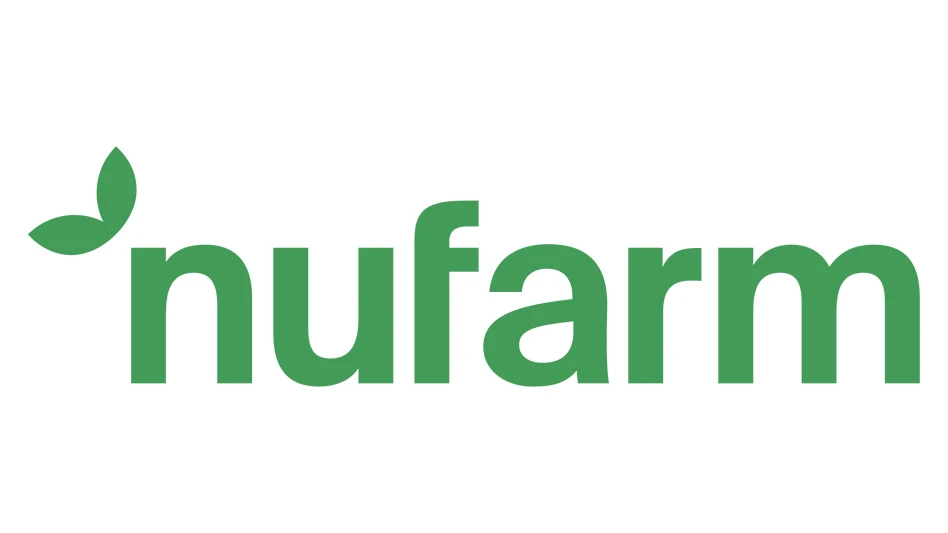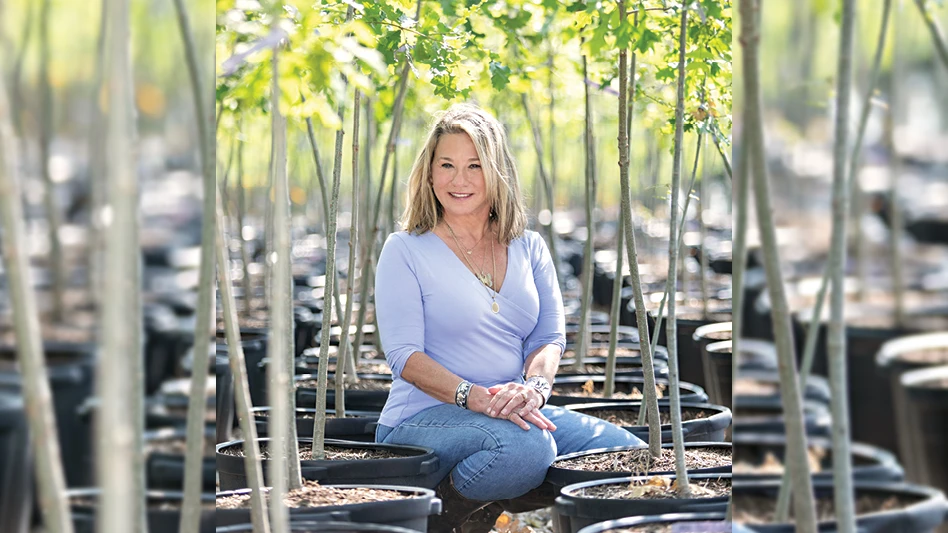
For many consumers, hydrangeas have become the go-to flowering shrub. Between H.
Natalia Hamill is brand and business development manager with Bailey Nurseries, the Minnesota-based grower behind Endless Summer collection of hydrangeas. We asked her what’s new and what’s next for the shrub that generated $91.2 million in sales for 1,500 U.S. nurseries in 2014.
1 | What hydrangea trends have you seen in the marketplace and at the consumer level?
In terms of the consumers making choices, they buy what looks good in
We have done extensive consumer research on
2 | What are some of the recent breeding advances in hydrangeas?
We have a very, very active breeding program here at Bailey Innovations, our breeding facility in Georgia, and H.
Double flowers is another category we’re going after. Compact plants with shorter internodes is another. One reason we’re breeding for compact habit is that it’s a trend within the marketplace. People want smaller plants and plants that don’t require pruning, plants that stay under that 3-foot mark, so they’re below the windowsills in the front of their house. But the other advantage of shorter internodes on a remontant variety of
Good shiny disease resistant foliage and unusually-patterned flowers are other traits we’re after.
Another thing we’re looking for is contemporary colors. When I say contemporary, I’m talking about colors that are richer, more intense purples or reds — beyond the typical blue and pink palette. Those are still extremely popular colors, but with younger consumers and way the marketplace is changing, we’re looking for richer, brighter colors as well.
Another trend is toward interspecific crosses. The holy grail is to cross
3 | How do you trial and select potential new hydrangeas?
There are dozens of new introductions every year in each category,
The thought and the trialing that went into those introductions is very important. Bailey Nurseries is adamant about thoroughly trialing our new introductions. From the time a seedling is selected as having potential in either Endless Summer or some other program, it’s often 10 years or more before we will introduce that plant.
You take the seedling that looks promising, you propagate it, you build more stock, you put it into production trials in containers, you get it into the ground, and you watch it. For us, it’s a minimum of three winters to test the cold hardiness of it. We also test for heat tolerance in multiple locations across the U.S. Bailey Nurseries has 13 regional trialing sites, that includes four of our own locations and nine assorted botanical gardens and universities spread across the U.S. to give us feedback and data on how a potential introduction performs in various parts of the country. Is it truly a Zone 4-8 plant or is it a Zone 5-7? We have a lot of good data when we come to market with a new plant. That’s important for growers to understand. We have in-ground field trials and production trials. For production, we trial in Oregon,
Get curated news on YOUR industry.
Enter your email to receive our newsletters.
Explore the October 2017 Issue
Check out more from this issue and find your next story to read.
Latest from Nursery Management
- The HC Companies, Classic Home & Garden merge as Growscape
- Eason Horticultural Resources will now officially be known as EHR
- BioWorks receives EPA approval for new biological insecticide for thrips, aphids, whiteflies
- Ellen Mackenbach-Lakeman appointed new CEO of Dümmen Orange
- Southern Garden Tour sets 2025 dates for trial garden open houses
- New book explores plants that thrive in Rocky Mountains
- American Floral Endowment establishes Herman Meinders Memorial Tribute
- These companies are utilizing plastic alternatives to reduce horticultural waste




